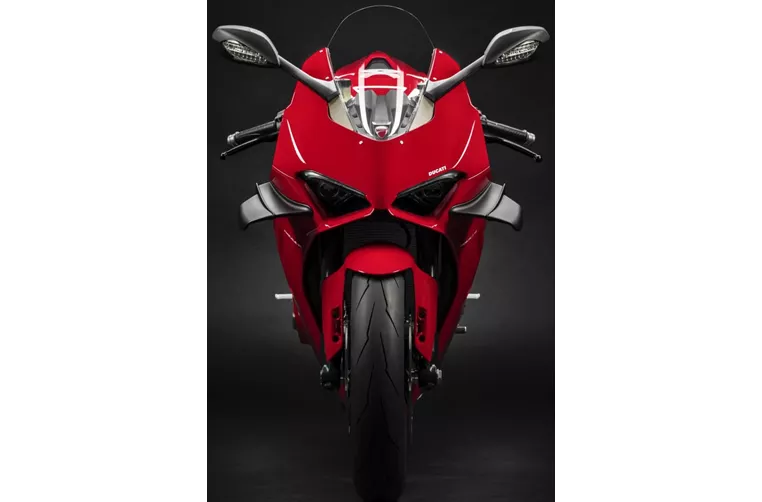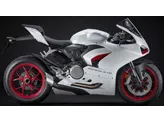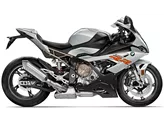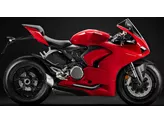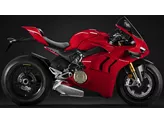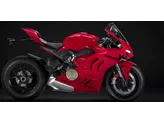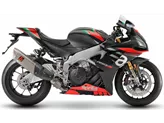Ducati Panigale V4 2020 vs. Yamaha R1 2016

Ducati Panigale V4 2020

Yamaha R1 2016
Overview - Ducati Panigale V4 2020 vs Yamaha R1 2016
The Ducati Panigale V4 2020 and the Yamaha R1 2016 are both high-performance supersport motorcycles that offer impressive features and capabilities.
In terms of engine specifications, the Ducati Panigale V4 2020 has a larger bore of 81 mm compared to the Yamaha R1 2016's 79 mm. This allows for a higher displacement of 1103 ccm in the Panigale V4, while the R1 has a displacement of 998 ccm. The Panigale V4 also has a longer stroke of 53.5 mm compared to the R1's 50.9 mm. These differences in engine specifications contribute to the Panigale V4's higher engine power of 214 HP compared to the R1's 200 HP. Additionally, the Panigale V4 has a higher torque of 124 Nm compared to the R1's 112.4 Nm. Both motorcycles have a compression ratio of 13 or 14, indicating their high-performance nature.
In terms of the number of cylinders and valves per cylinder, both motorcycles have 4 cylinders and 4 valves per cylinder. However, the Panigale V4 features Desmodromic valves, which are known for their precise control and improved performance, while the R1 has DOHC valves.
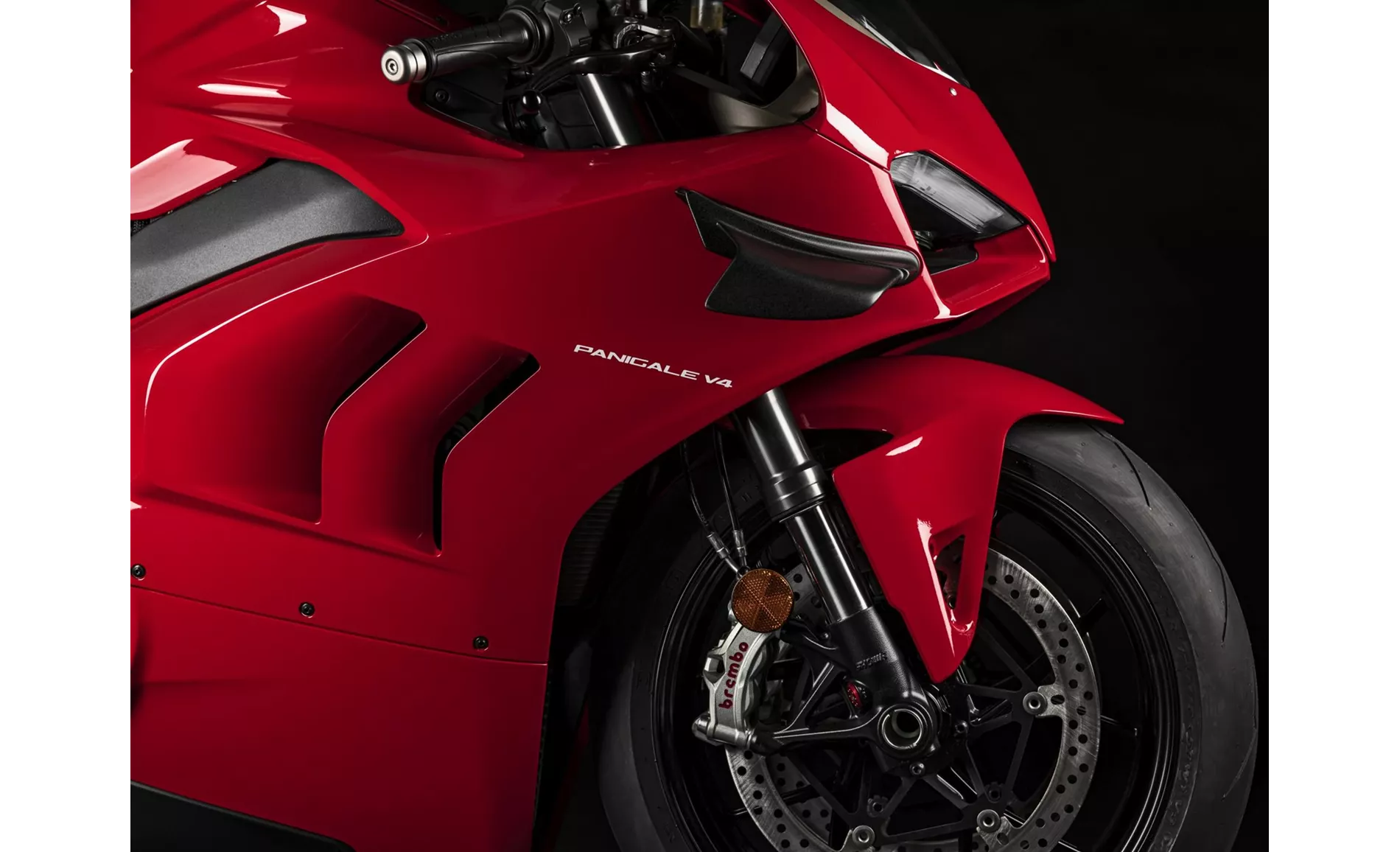
Ducati Panigale V4 2020
Both motorcycles feature upside-down telescopic fork front suspension and aluminum frames, which provide stability and agility during cornering. However, the Panigale V4 has a monocoque frame, which offers better rigidity and weight distribution compared to the R1's Deltabox frame.
In terms of braking, both motorcycles have double disk front brakes.
Both motorcycles feature advanced rider assistance systems, with the Panigale V4 having ABS and the R1 having launch control and traction control.
In terms of dimensions and weights, the Panigale V4 has a slightly wider rear tire width of 200 mm compared to the R1's 190 mm. The Panigale V4 also has a longer wheelbase of 1469 mm compared to the R1's 1405 mm. However, the R1 has a higher seat height of 855 mm compared to the Panigale V4's 830 mm. Both motorcycles have a similar kerb weight, with the Panigale V4 weighing 198 kg and the R1 weighing 199 kg.

Yamaha R1 2016
The R1 has a slightly larger fuel tank capacity of 17 liters compared to the Panigale V4's 16 liters.
In terms of strengths, the Panigale V4 offers clever electronics, a noticeable upgrade from the previous model, and is more accessible than ever before. On the other hand, the R1 is praised for its lively handling, high-revving and precisely controllable engine, and excellent electronics package.
However, the Panigale V4 has a weakness in its small tank size from an ergonomic point of view, while the R1's weakness lies in its shift assistant only being available for upshifting.
Technical Specifications Ducati Panigale V4 2020 compared to Yamaha R1 2016
Pros and Cons in comparison
Pros and Cons in comparison
Ducati Panigale V4 2020
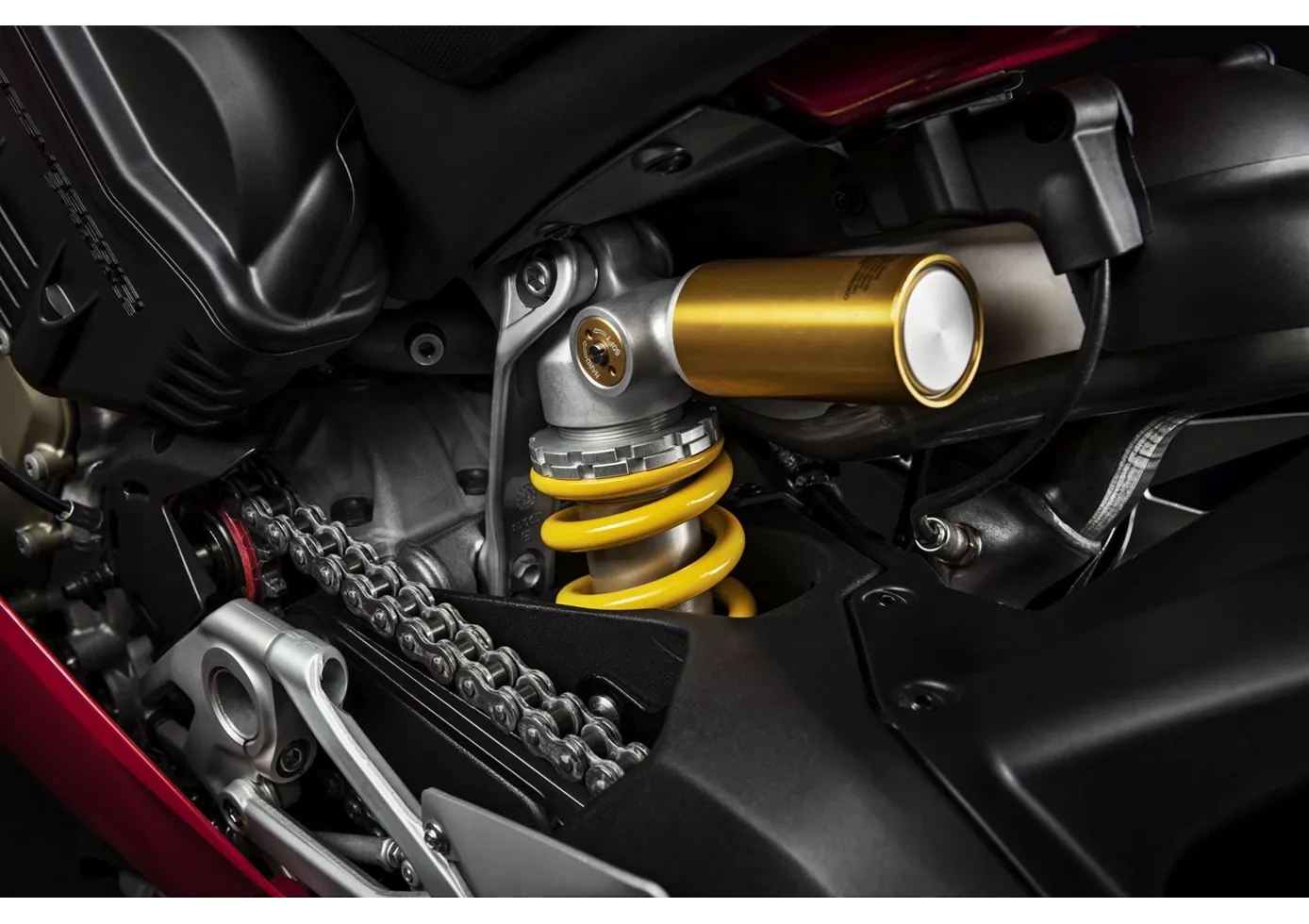
The conclusion is very easy for me. Ducati has made an "already almost perfect motorbike" even better without changing anything in a negative way. Although riding on the road with this radical fairing probably causes a stir and one or two riders find it uncomfortable, they obviously feel more comfortable with it on the race track. You get a motorbike "out of the box" that resembles a Superbike World Championship bike more than ever. I also believe that the V4 2018 owner is quite capable of improving his lap times with the 2020 version. My tip: if you take care to enlarge the tank or make it more grippy, you could go over the centre even more with your hull.
Yamaha R1 2016

Yamaha's high-tech rocket is still a technological leader in 2016. Radical, polarising and fascinating, it sets powerful lap times. It is closer to the race bikes than the other 1000s. In the meantime, no one grumbles about the front. Without the "M", it is the best choice for those who don't need Öhlins anyway, or the best choice for those who are planning a racetrack conversion anyway and like to install "normal" Öhlins hardware without electric stuff.
Price Comparison Avarage Market Price Ducati Panigale V4 vs Yamaha R1
There are a few key differences between a Ducati Panigale V4 2020 and a Yamaha R1 2016. In terms of price, the actual average price of a Ducati Panigale V4 2020 is about 124% higher. There are the same number of bikes of both models available on the 1000PS.de marketplace, specifically 6. It takes less time to sell a Yamaha R1 with 73 days compared to 100 days for the Ducati Panigale V4. Since model year 2018 1000PS.de editors have written 18 reviews for the Ducati Panigale V4 and 80 reviews for the Yamaha R1 since model year 2005. The first review for the Ducati Panigale V4 was published on 11/5/2017 and now has more than 131,500 views. This compares to more than 3,900 views for the first review on Yamaha R1 published on 4/28/2003.
